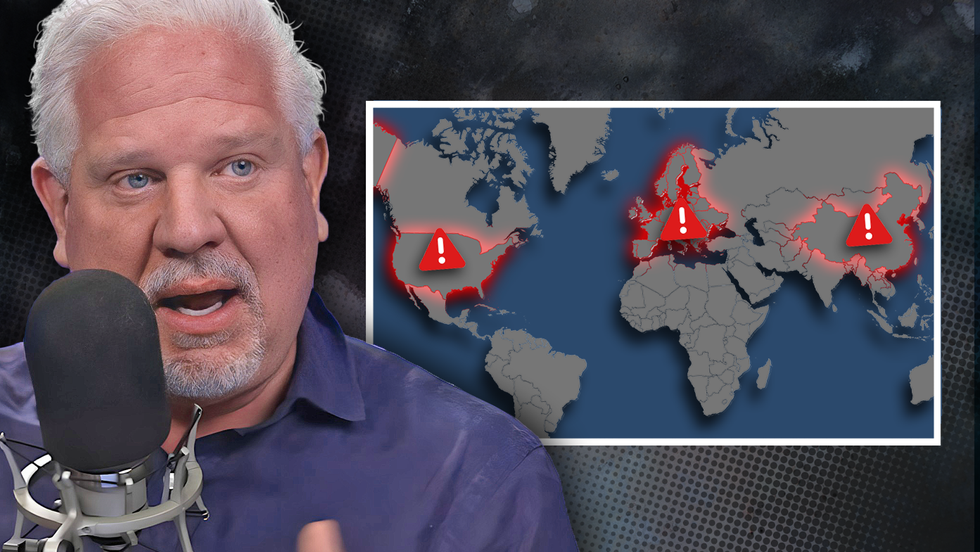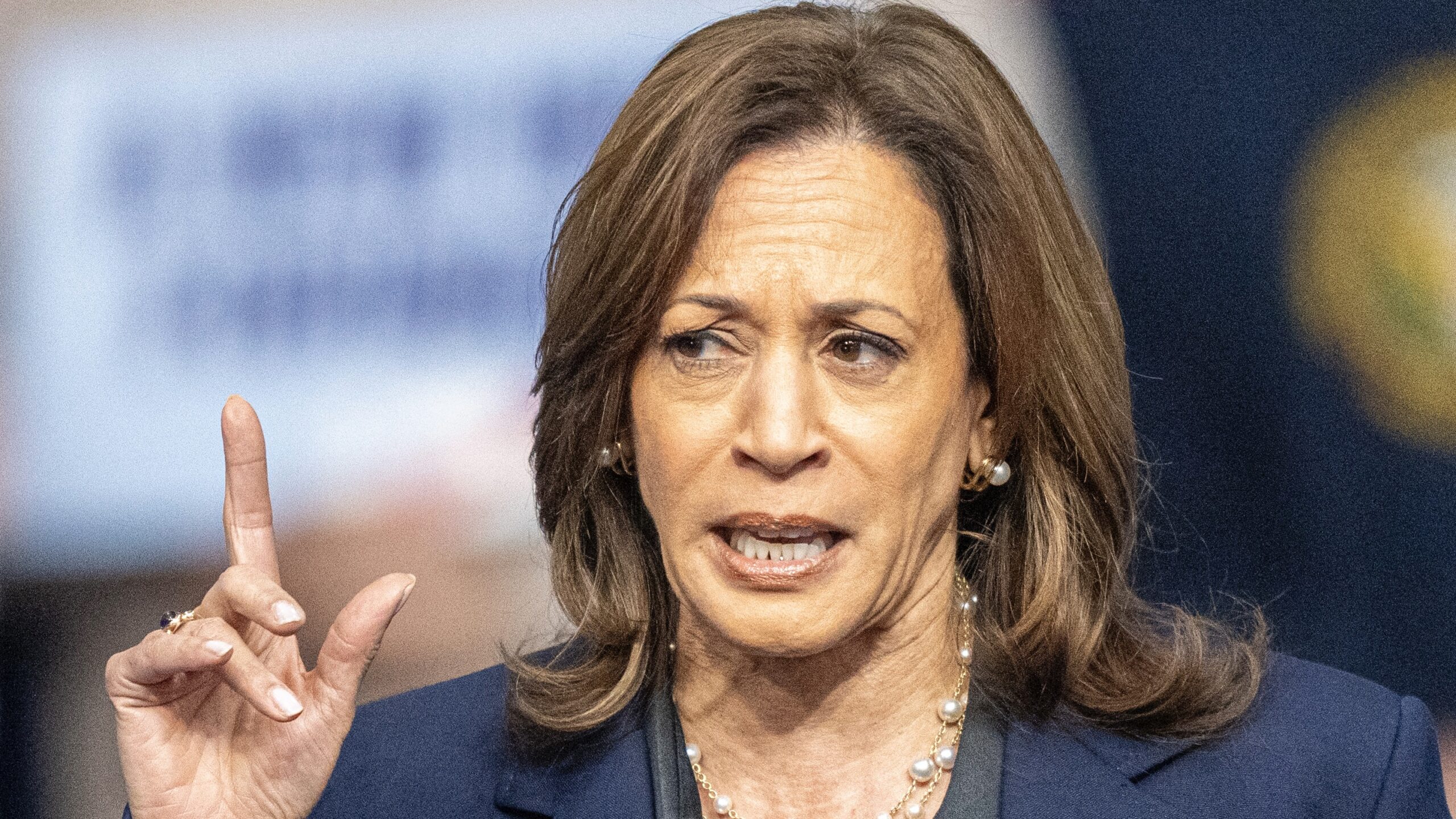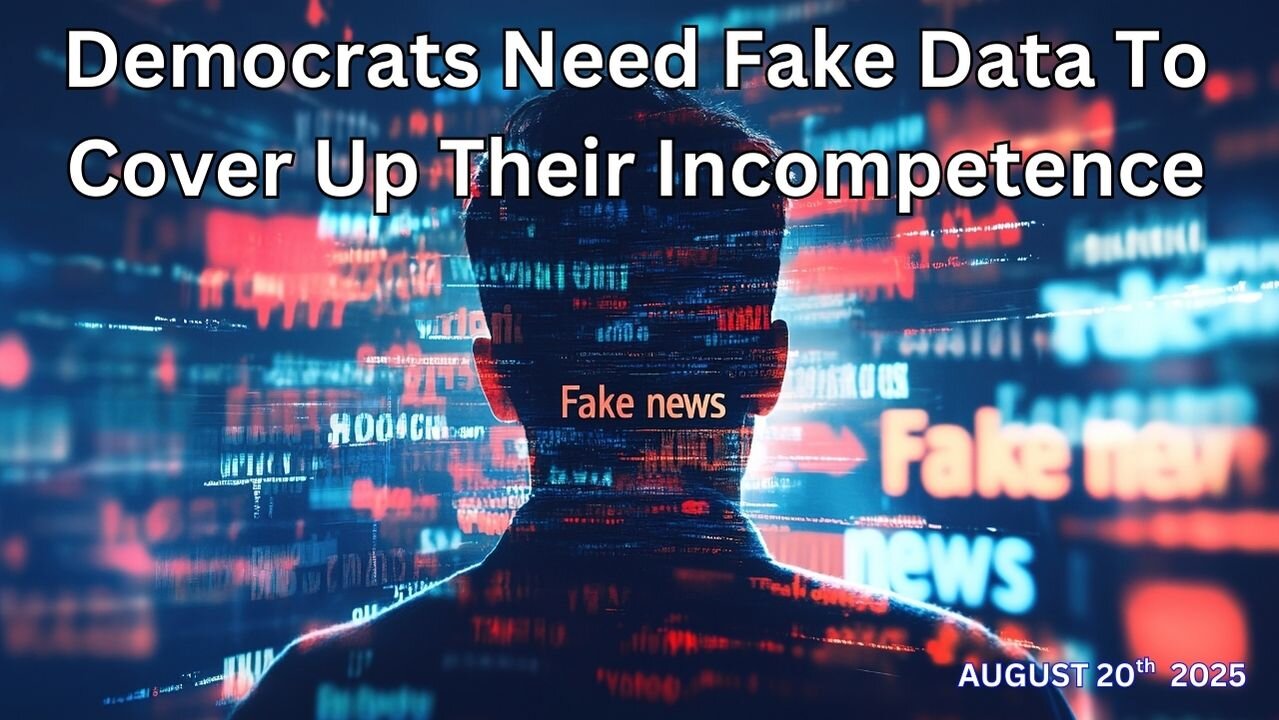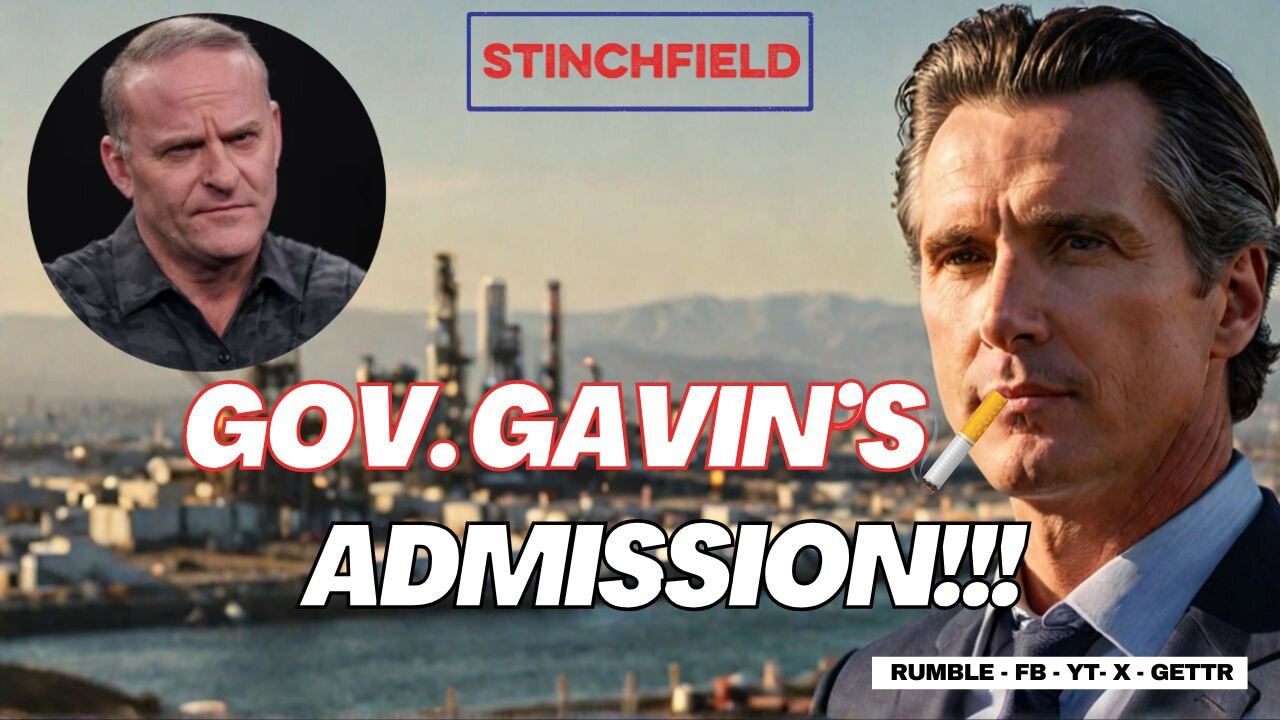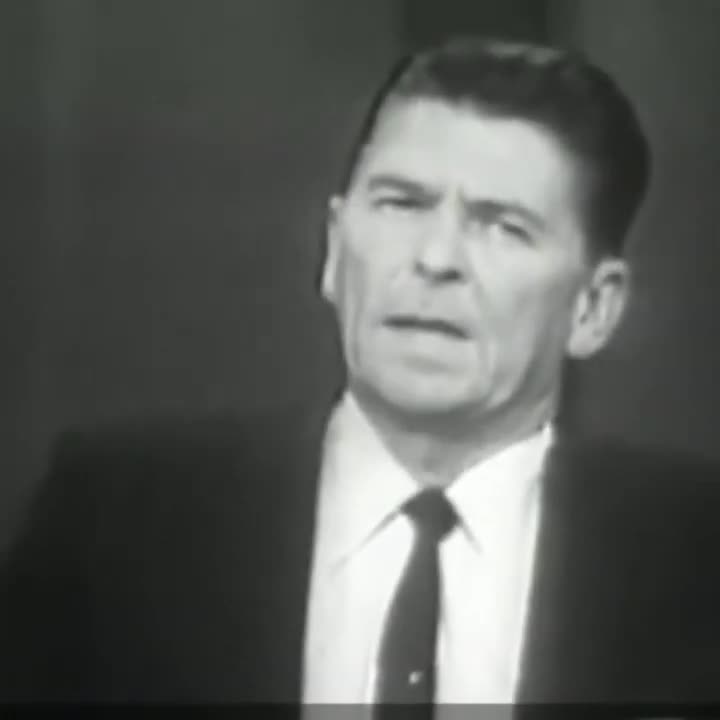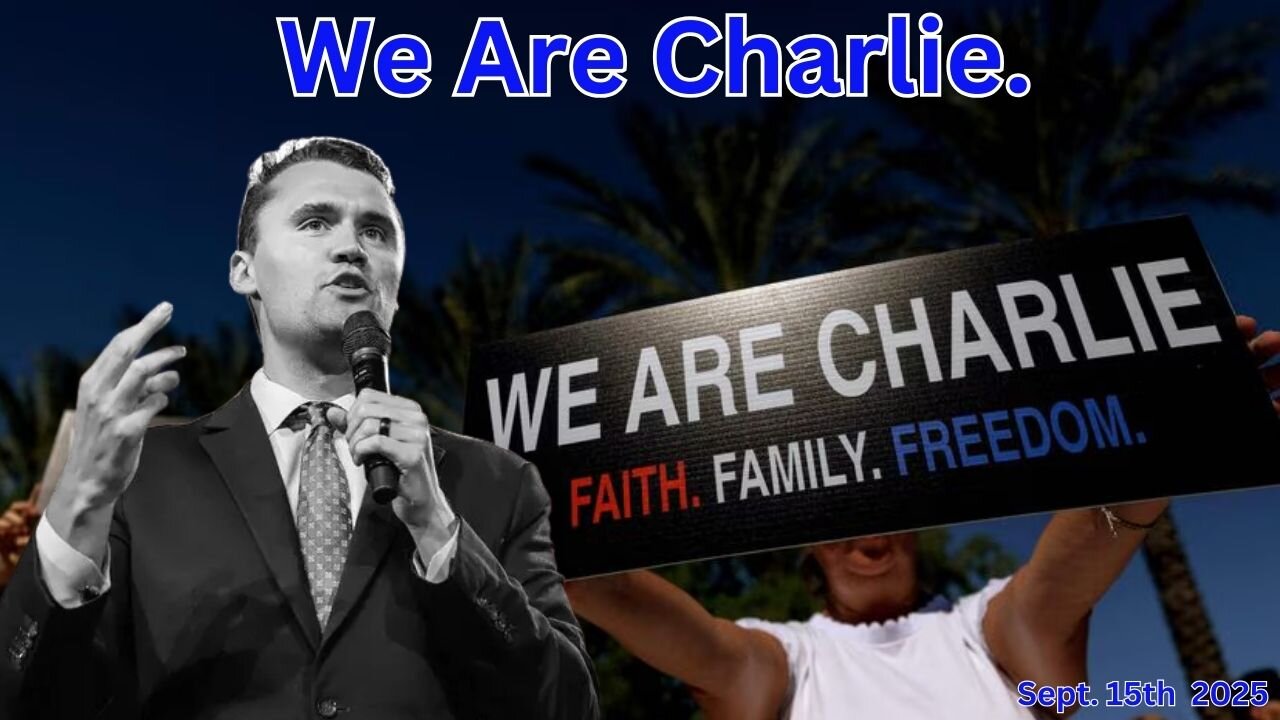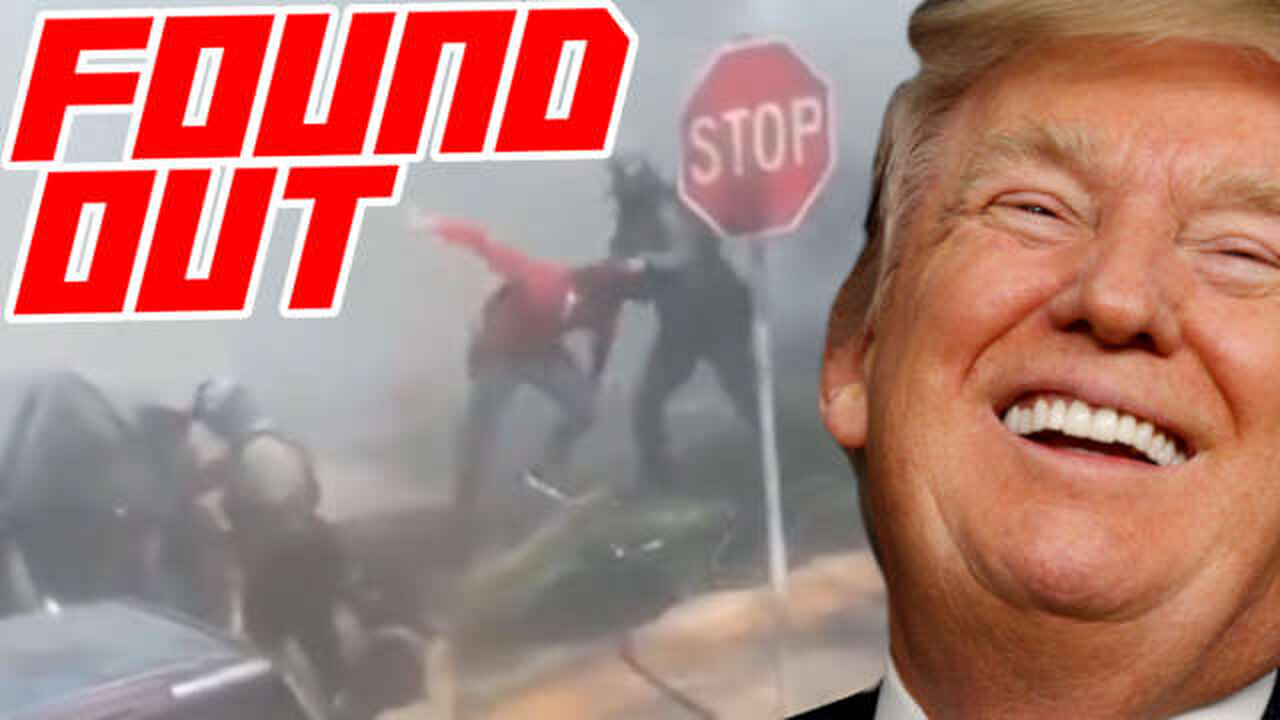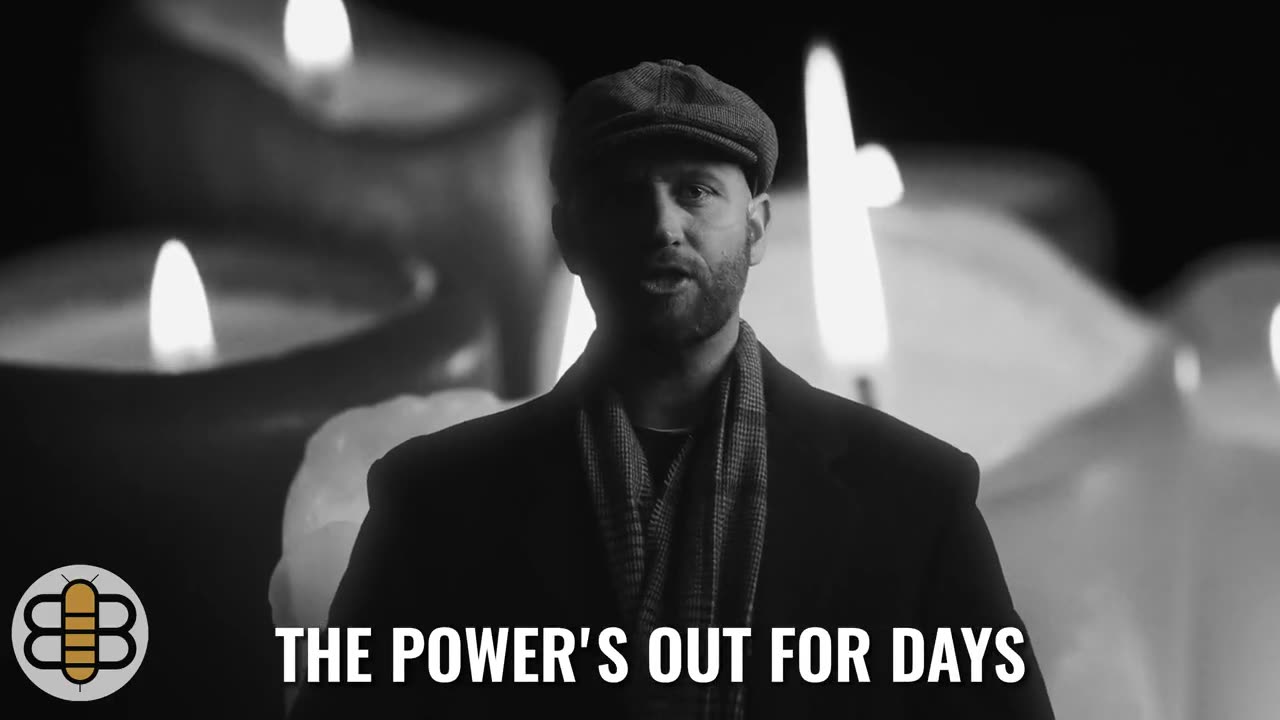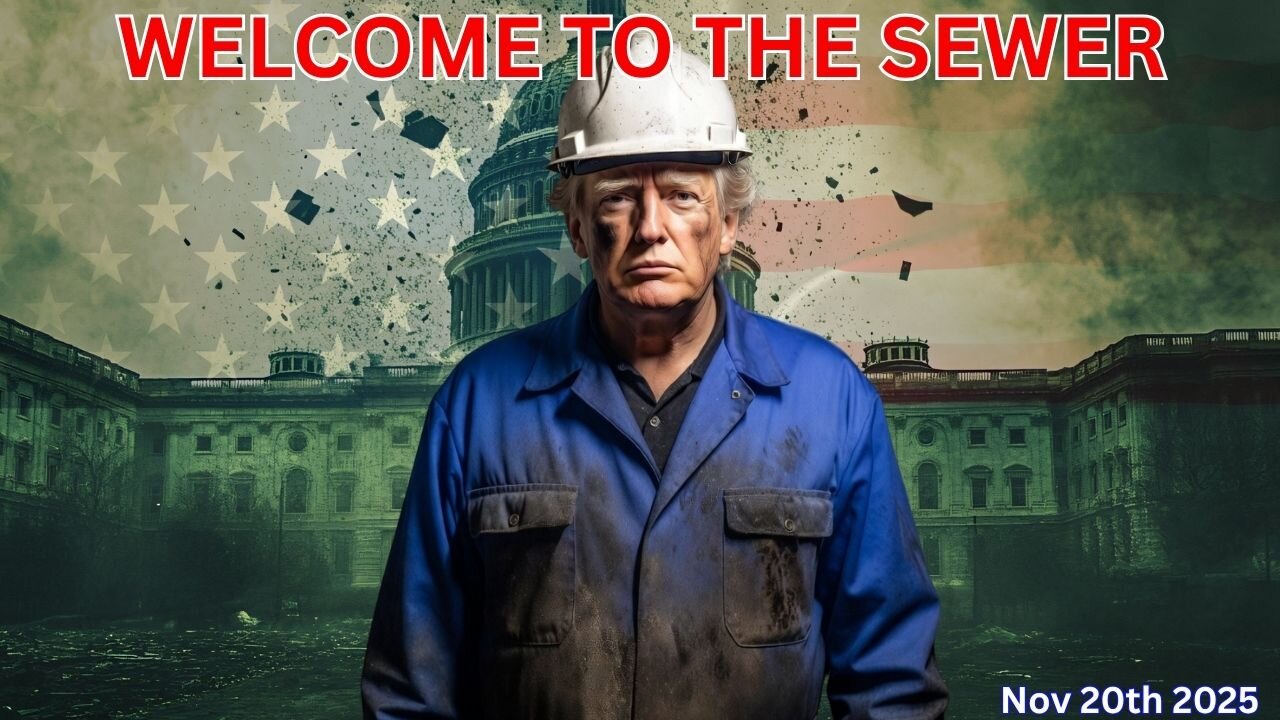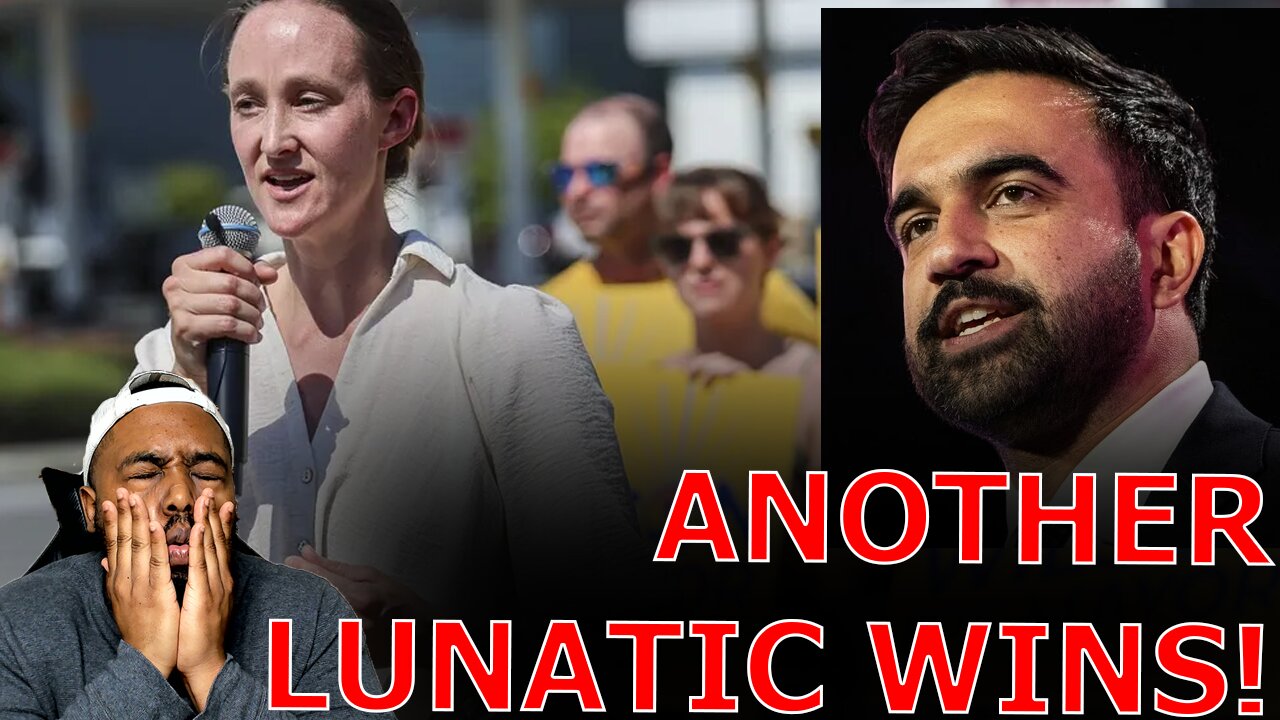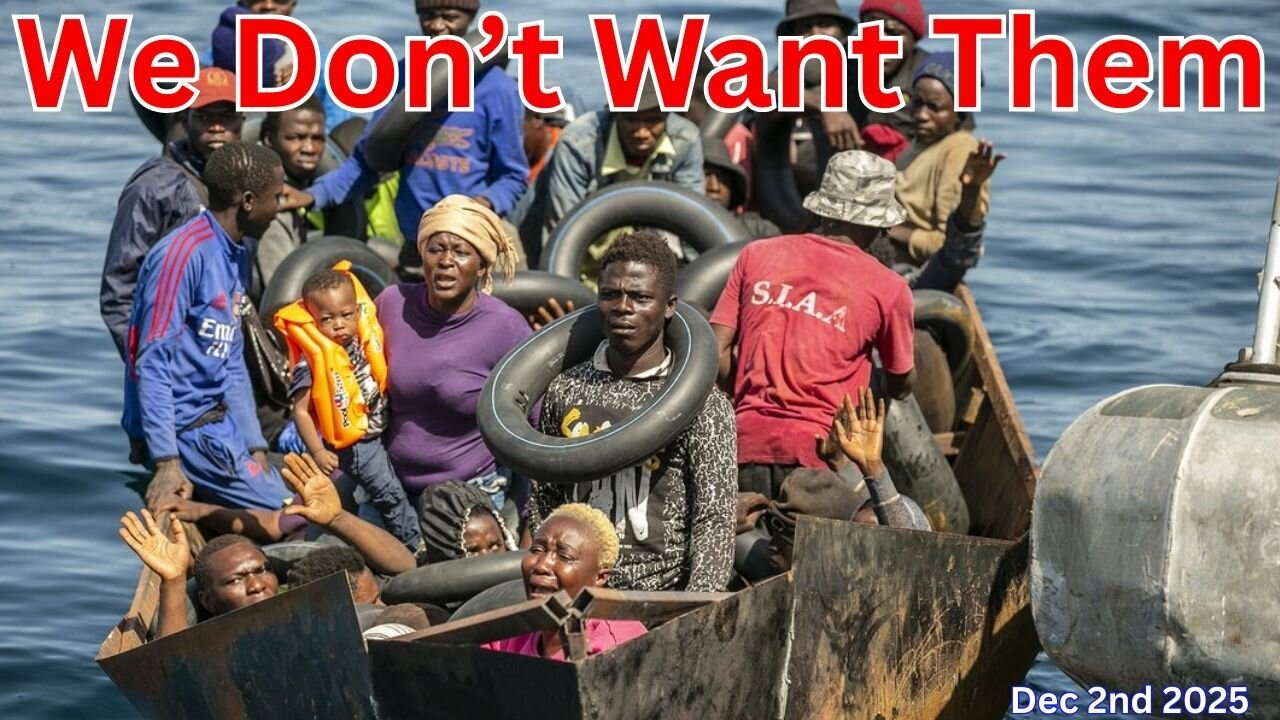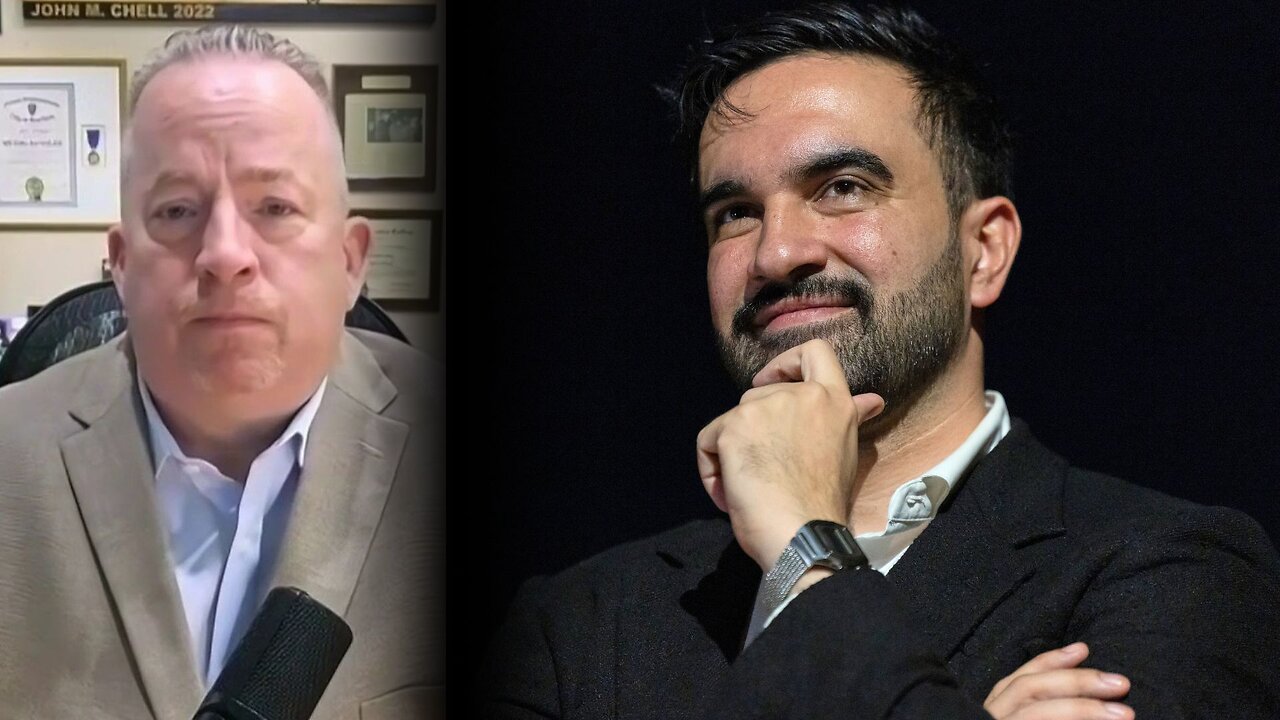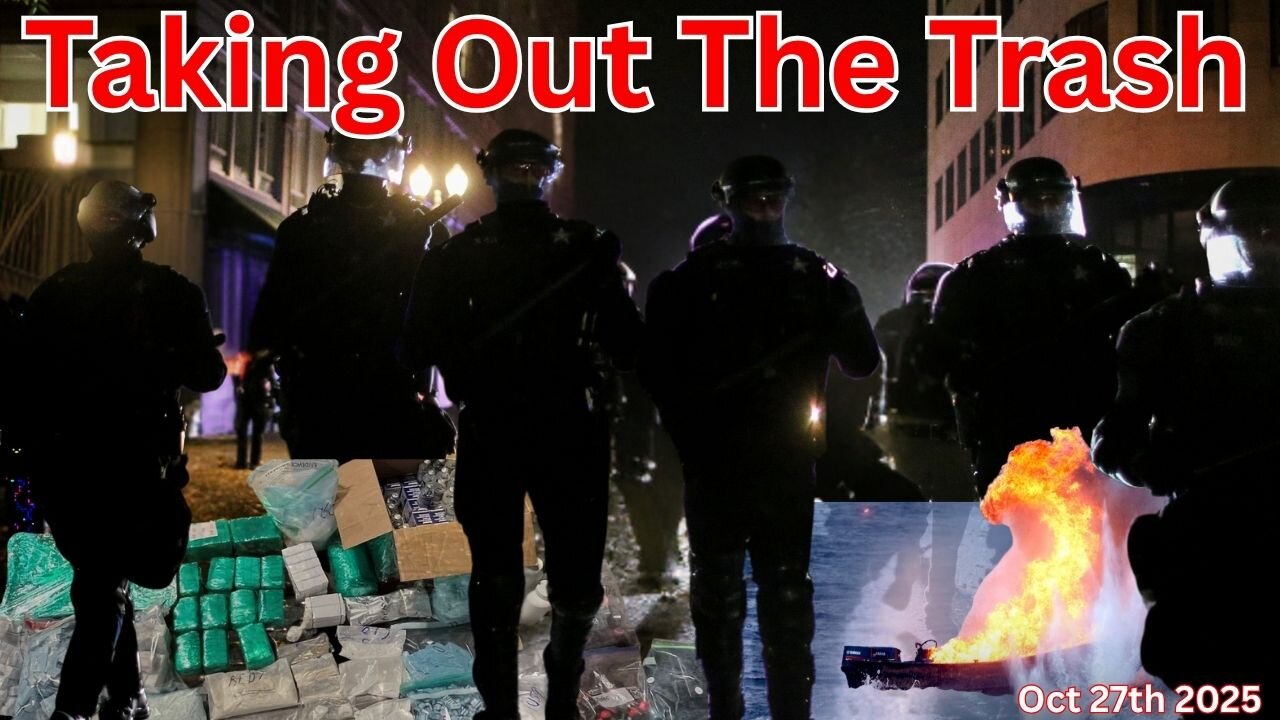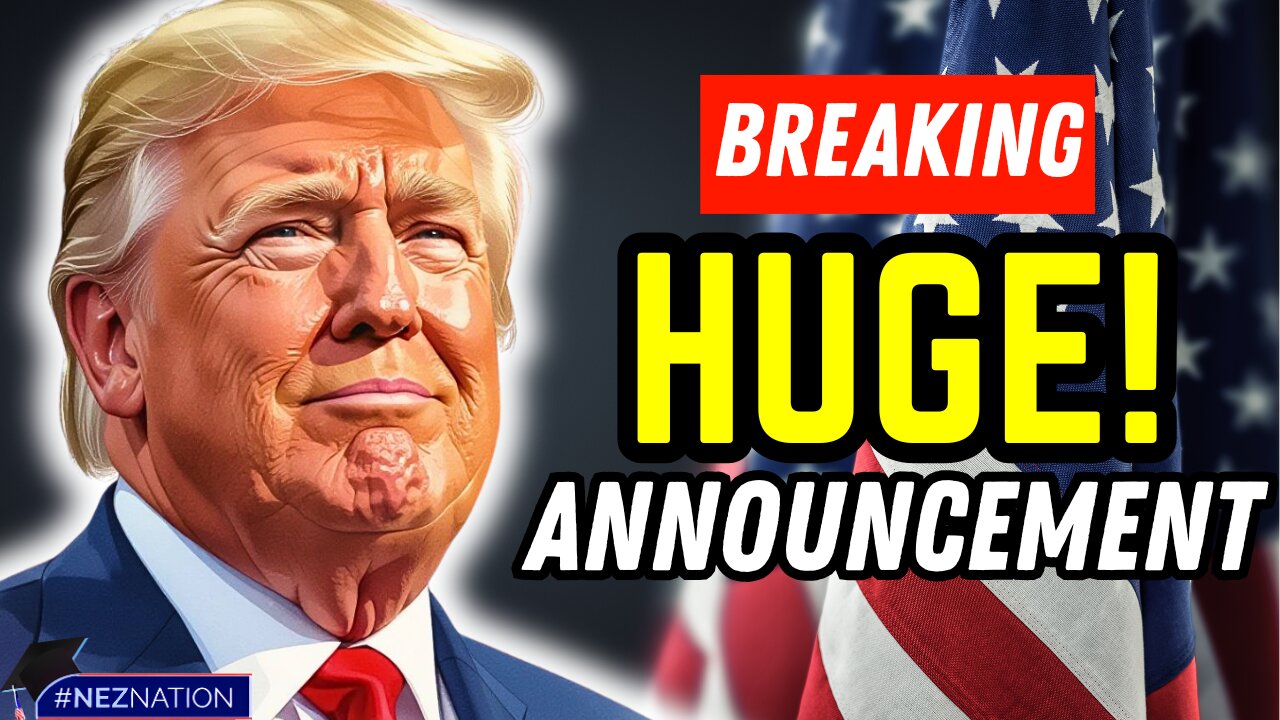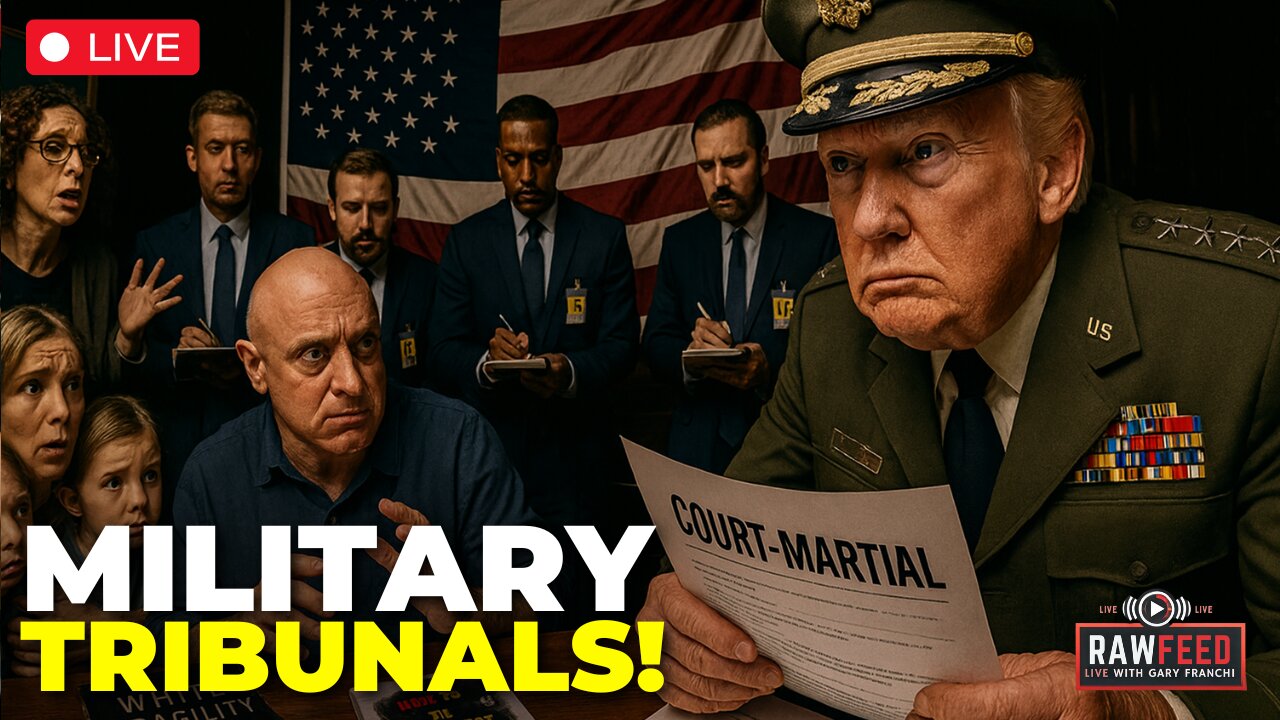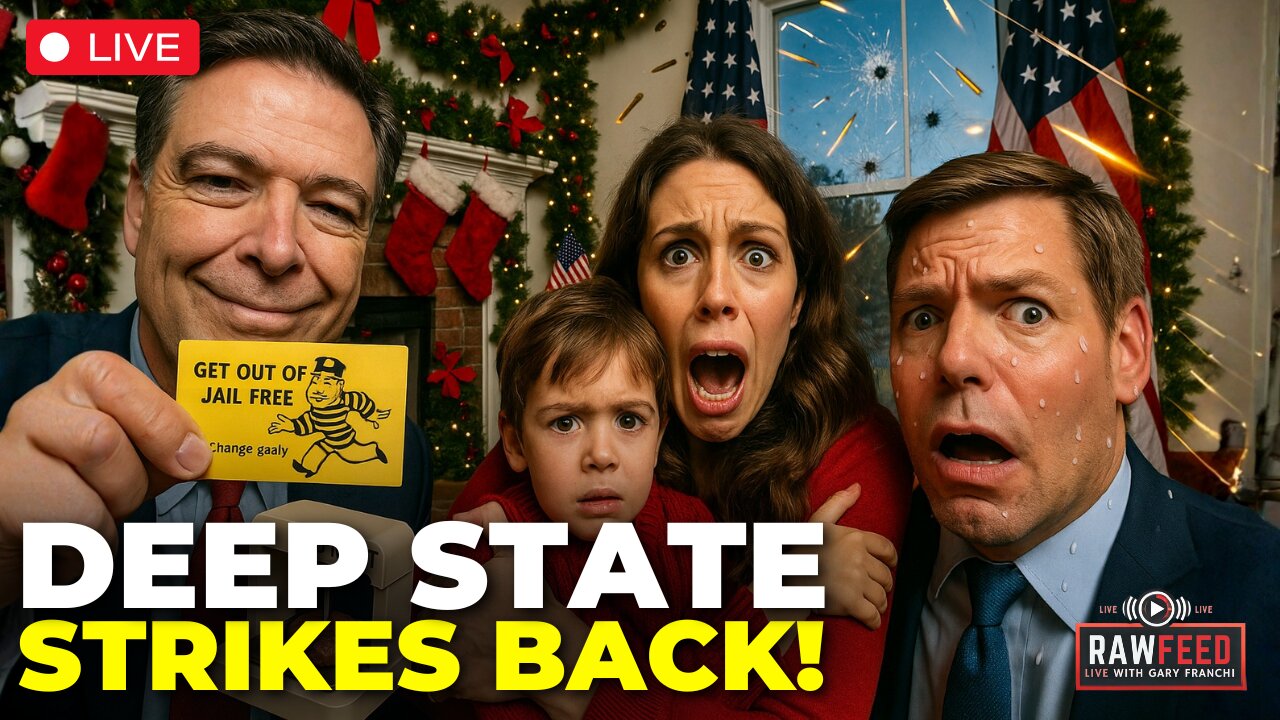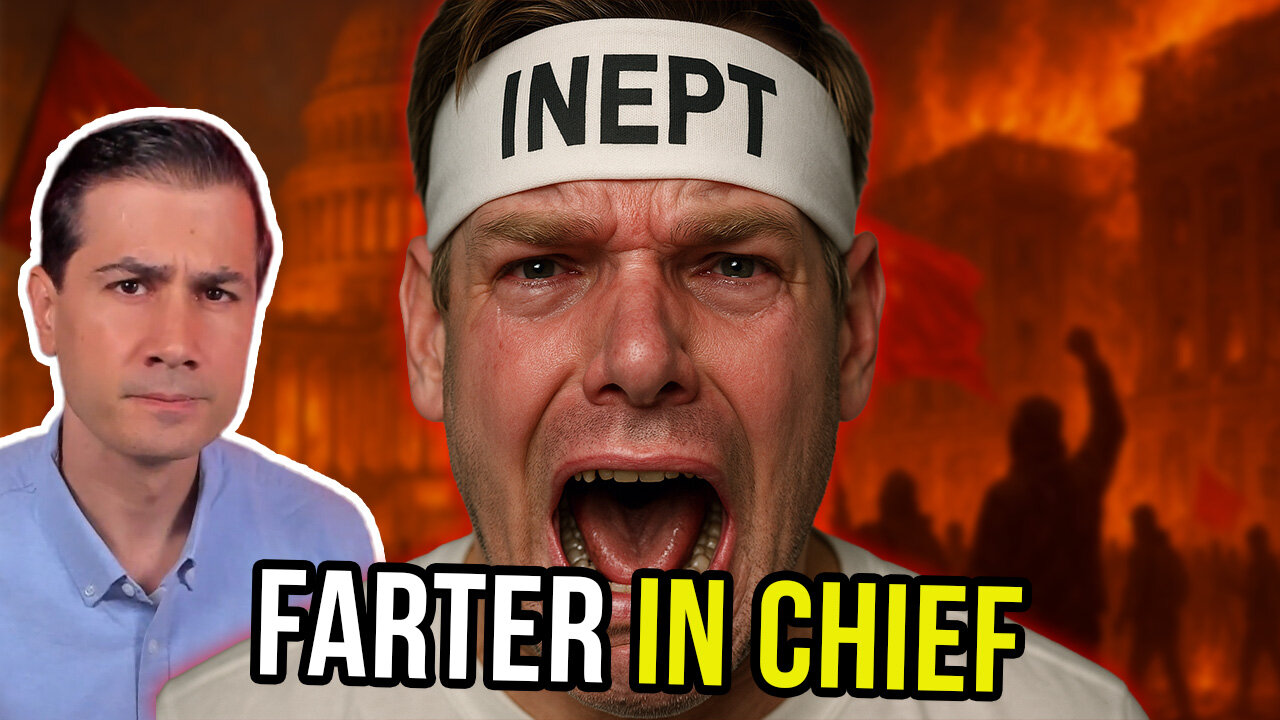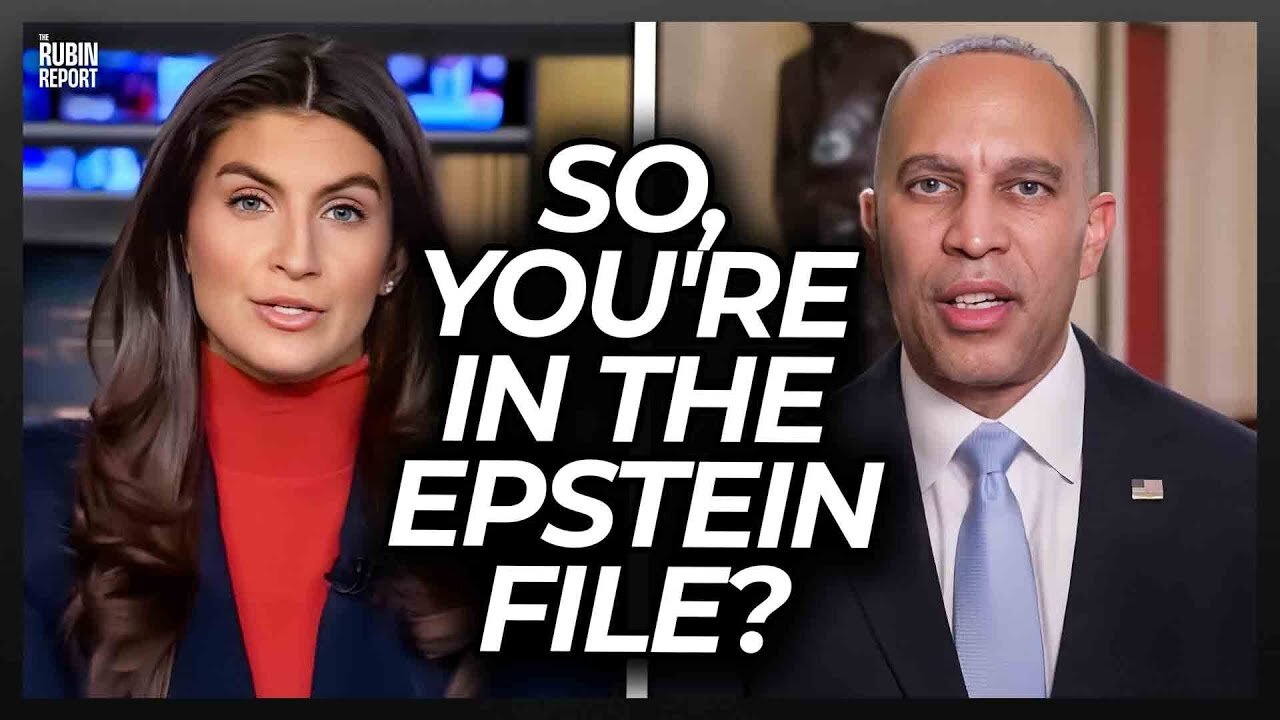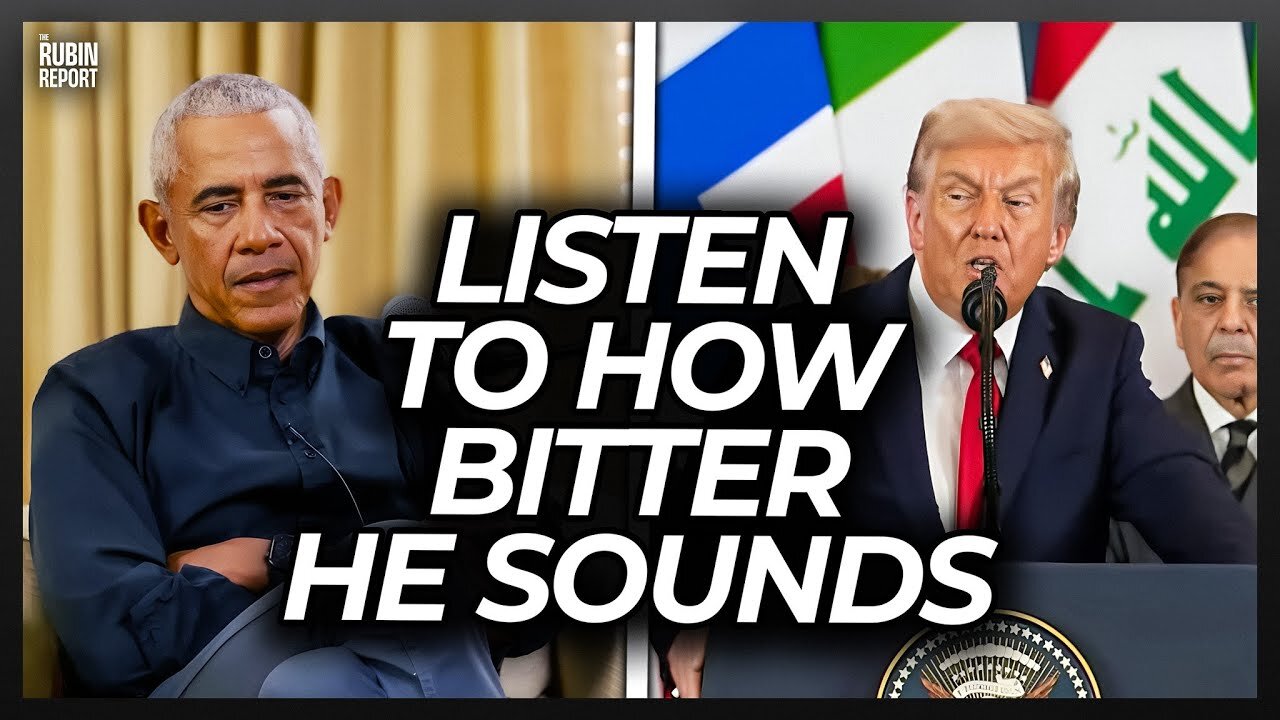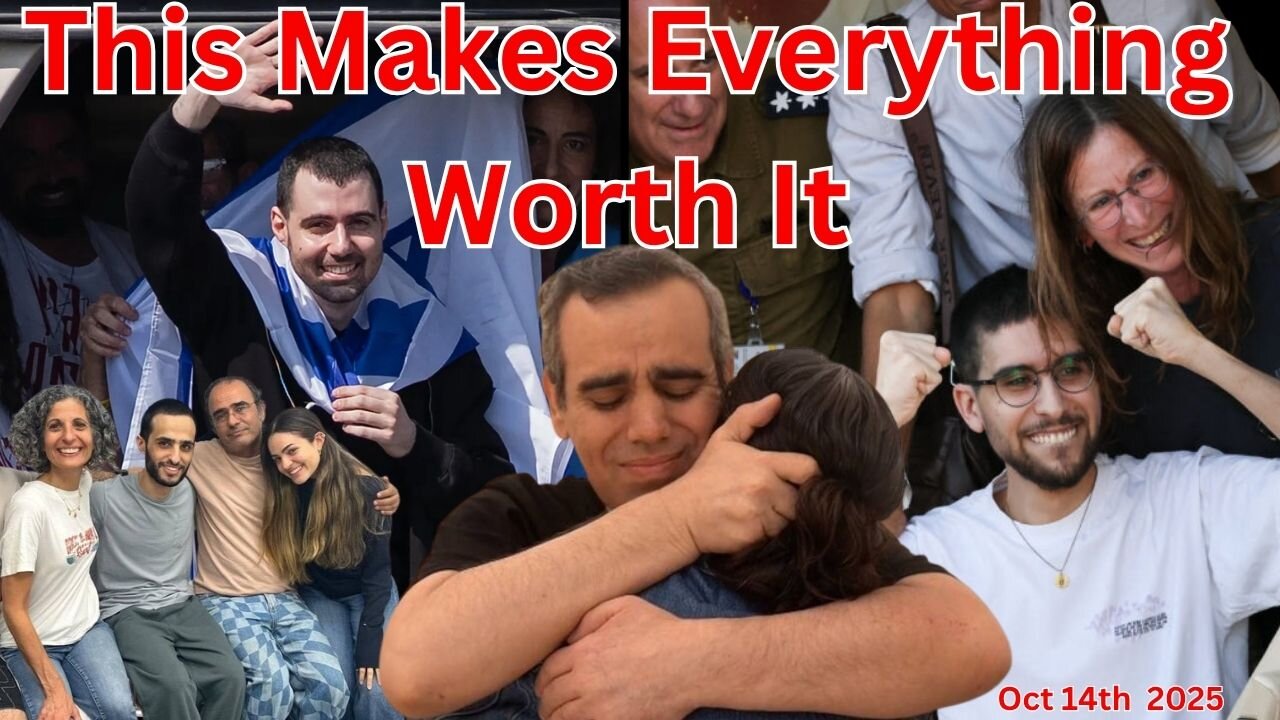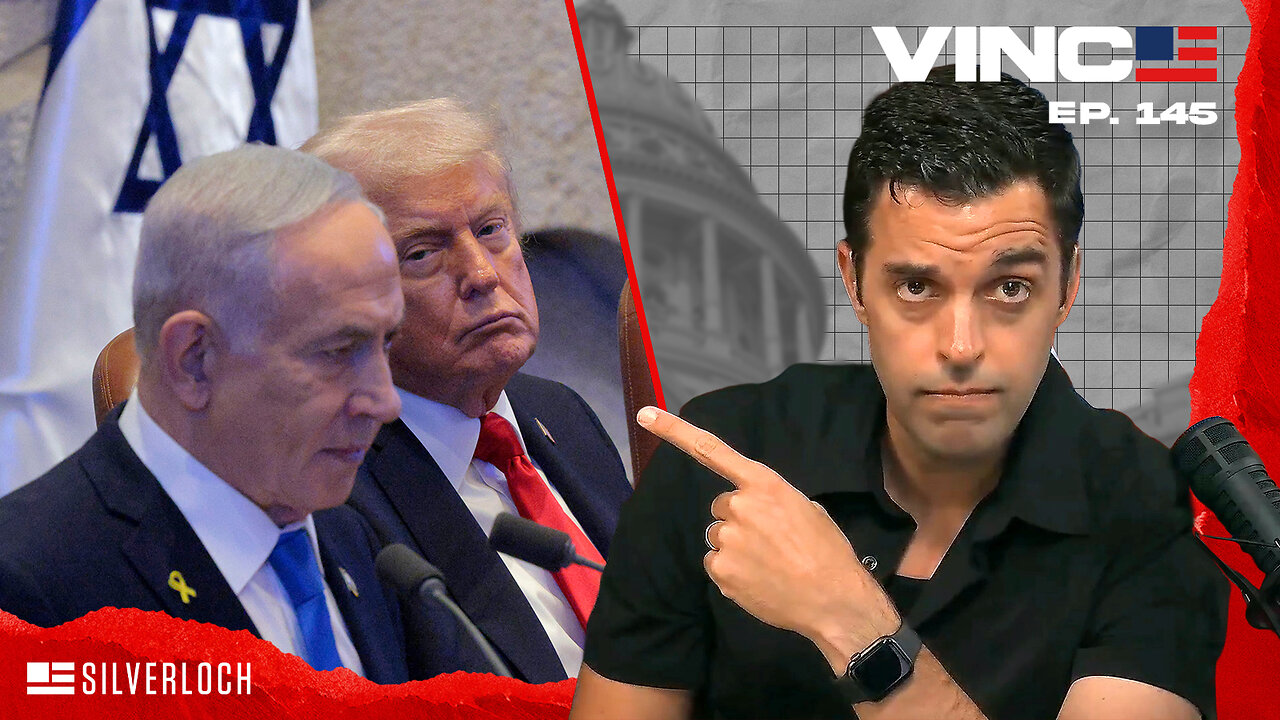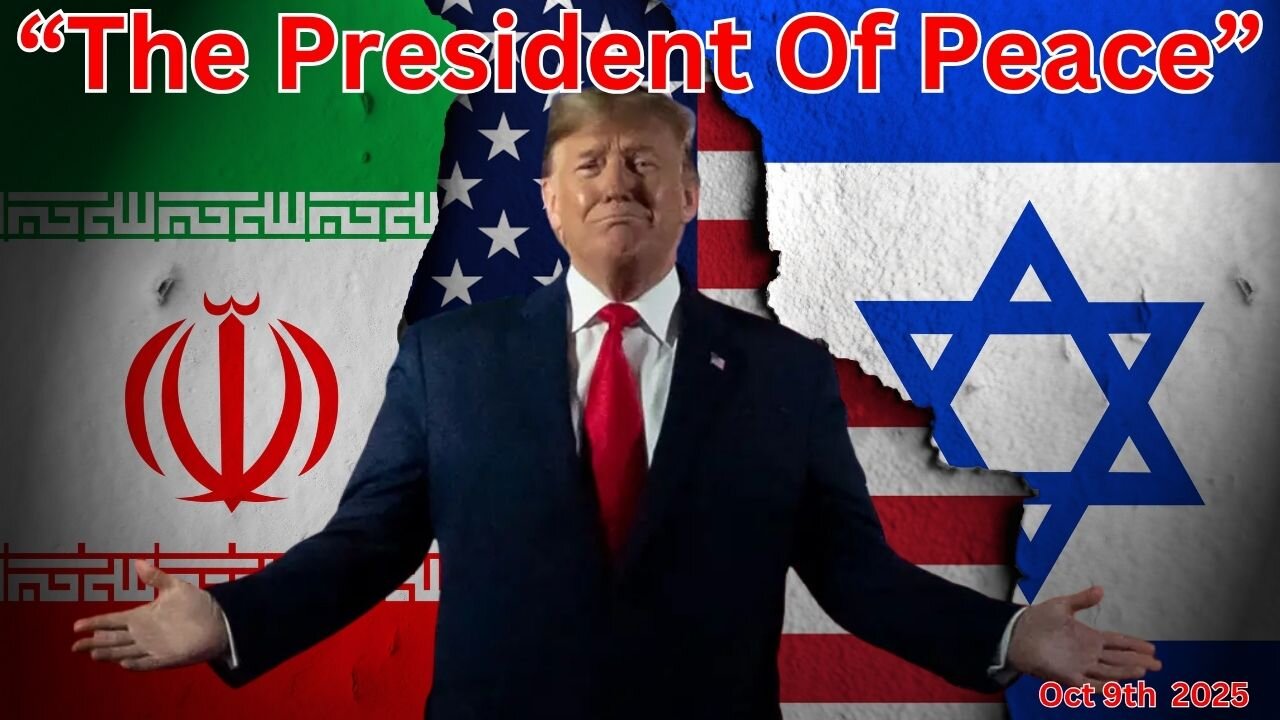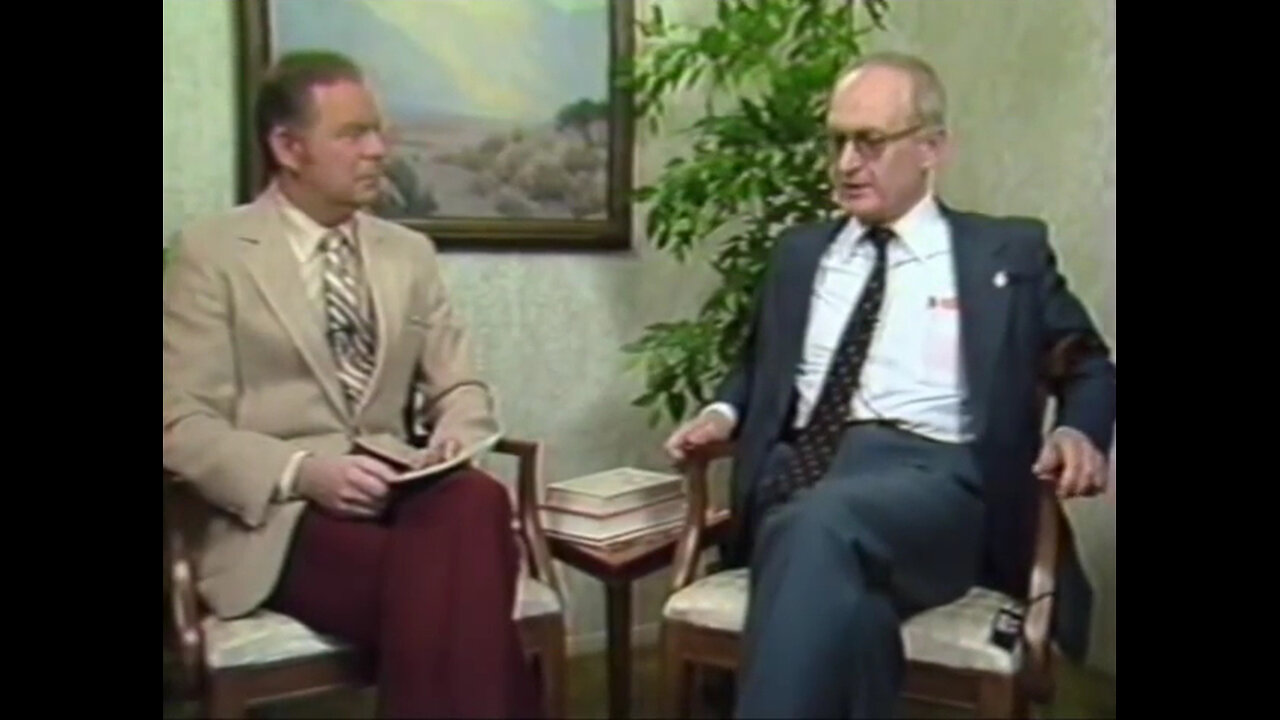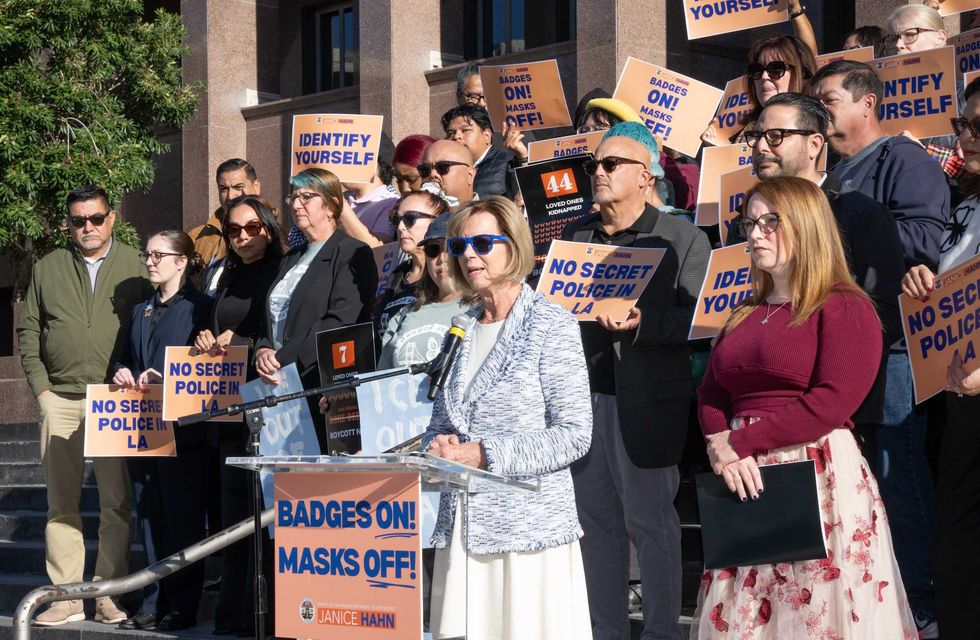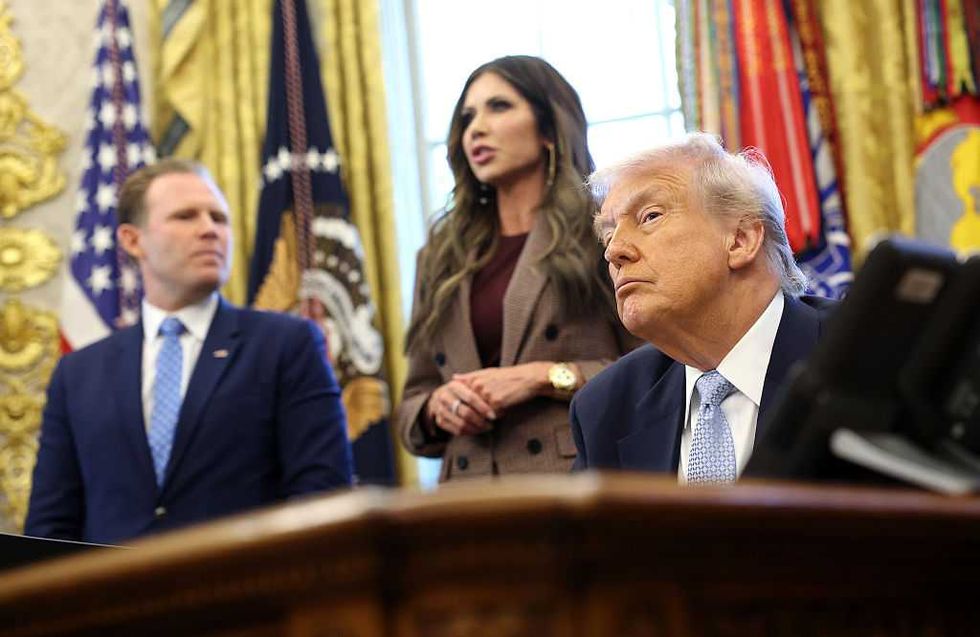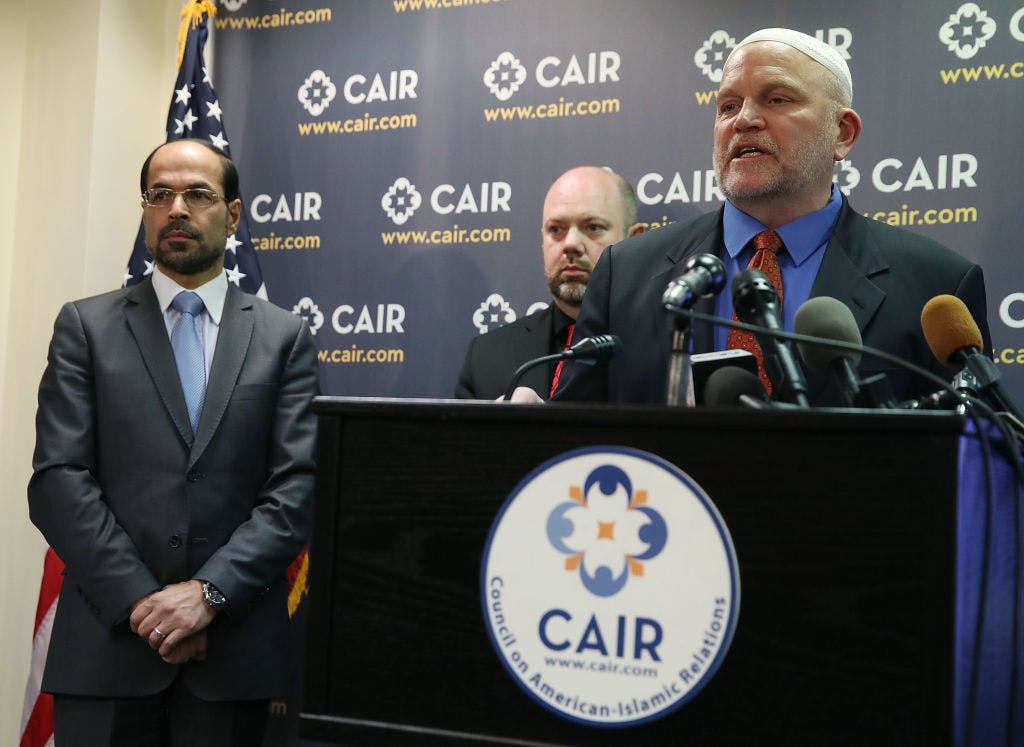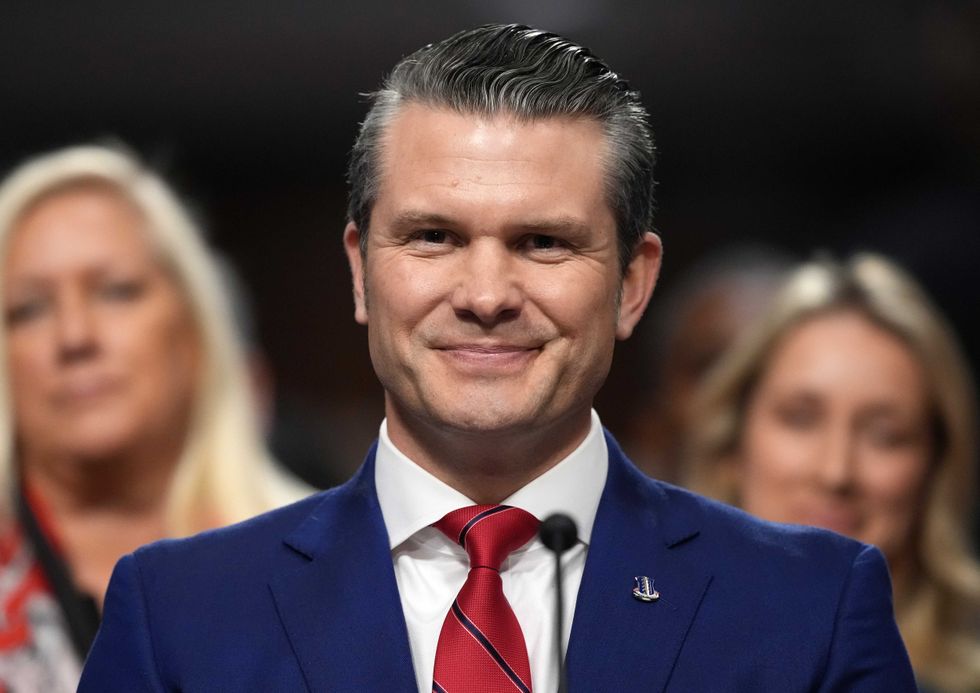From Fordow To Freedom: A Strategy For Ending The Islamic Republic
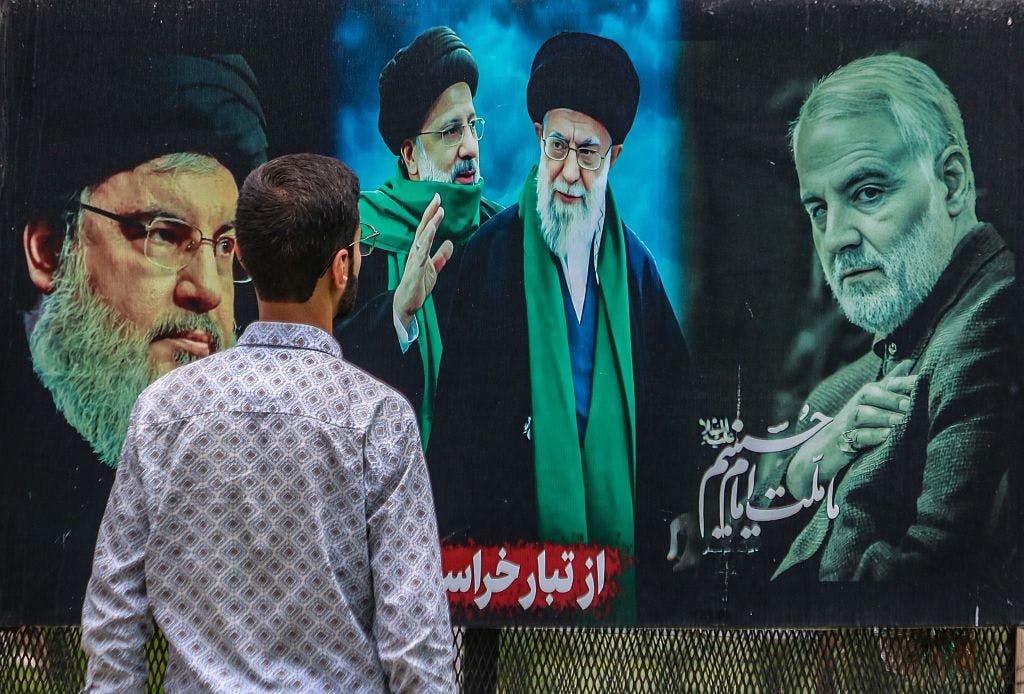
The Islamic Republic’s nuclear ambitions suffered a serious blow last weekend but its hold over the Iranian people has only tightened. Mistaking tactical success in striking nuclear sites in Fordow, Natanz, and Isfahan for strategic victory would only repeat decades of Western policy errors. Deterrence alone is insufficient without a clearly articulated policy of sustained pressure. Now is not the time for withdrawal.
The recent strikes were necessary but not regime-ending — they served as a tactical check. True deterrence requires sustained, visible consequences. The Islamic Republic is regrouping.
Abroad, Tehran didn’t just issue threats — it launched missiles at the U.S. base in al-Udeid, Qatar. The regime also sent a warning to the Trump administration via G7 intermediaries, threatening to activate sleeper cells on American soil. The Department of Homeland Security has placed regime-linked individuals under watch, while the State Department confirmed Tehran is mobilizing operatives in Sweden to target Americans and Israelis — signaling its intent to export terror across the West.
At home, the regime has escalated repression, militarized cities, and launched an aggressive surveillance campaign. Inside Iran, fear dominates daily life. Armed IRGC checkpoints every kilometer control movement. Phones are searched, homes raided, and civilians arrested without due process. The regime has executed dozens over the past several days — some accused of spreading protest videos, others targeted for mere association with opposition voices. These are not signs of strength — but symptoms of a regime in existential panic, terrified of its own population.
Compounding its repression, the regime imposed an unprecedented information blackout. Internet access has been severed and landline usage severely restricted. Millions are sealed inside a controlled propaganda bubble, told only that Israel and America attacked without provocation. Cut off from truth and external leadership, Iranians face the regime’s lies alone.
Strategic clarity, not caution, must guide American policy now. This is not a call for American boots on Iranian soil but rather a strategic opportunity to amplify internal resistance, weaken the regime’s regional terror infrastructure, and shape Iran’s post-regime landscape to serve American and global interests.
First, Israel must have American diplomatic backing to continue surgical operations targeting IRGC facilities, cyberwarfare centers, and proxy command hubs in strategic locations in the Middle East. These strikes are stabilizing, not escalatory. Eliminating terror infrastructure strategically denies the regime asymmetric retaliation options, directly enhancing American and Israeli security.
Second, Washington must actively counter Tehran’s information warfare. The Iranian people cannot mobilize or resist oppression without access to truth. The Trump Administration and Congress should urgently authorize satellite-based internet coverage over Iran’s urban centers. This effort can be funded using Iran’s frozen assets — redirecting the regime’s own resources to empower its people. Under the existing Iran Human Rights and Democracy Promotion Act, Congress has both the legal authority and the moral obligation to provide these resources without delay.
Third, the U.S. and its allies must coalesce around a credible Iranian transitional figure to minimize post-collapse chaos. Reza Pahlavi, whose consistent advocacy for secular democracy, human rights, and a national referendum has won respect among diverse Iranian demographics, offers exactly that credibility. Recognizing him publicly as part of a transitional governing council provides clarity to the Iranian opposition movement and stabilizes the inevitable regime transition.
For Americans who ask, “Why should we care?” — the answer is starkly evident. The Islamic Republic directly undermines American interests globally. It funds militias killing American servicemen in Iraq, orchestrates terror plots in Europe and Latin America, and destabilizes oil markets critical to U.S. economic security. A liberated Iran would cease destabilizing the Middle East, ending costly American military deployments aimed at containing Iranian aggression.
A free, stable Iran could emerge as a critical U.S. partner, anchoring stability in a troubled region rather than fueling its conflicts. No longer under IRGC control, Iran would abandon terror networks and normalize maritime trade in the Persian Gulf — directly enhancing global economic stability and reducing burdens on American naval forces.
President Trump’s decision to authorize precision strikes against Iran’s nuclear sites was strategically prudent and tactically effective. However, this is only the first step. The regime’s nuclear infrastructure is damaged, but its radical ideology and authoritarian apparatus remain firmly entrenched. America’s response should now be escalatory pressure, not premature diplomacy or concessions.
If America hesitates now, history proves the price of inaction: prolonged conflict, strengthened terror proxies, and sustained threats to regional stability. The regime has not been this vulnerable since the 1979 revolution. Failure to capitalize on this vulnerability would perpetuate instability, embolden Tehran’s hardliners, and sustain conflicts draining American resources.
America does not need to rebuild Iran; Iranians themselves will handle reconstruction. They simply require the opportunity. No more negotiations with a regime that systematically abuses human rights, supports terrorism, and openly mocks diplomatic engagement. A free Iran, aligned with Western values and open markets, would attract massive global investment — and American businesses will be among the first to benefit.
This strategy does not mean invasion or occupation. It represents coordinated external pressure combined with an internal Iranian awakening. Without deploying American troops, the United States can ignite the spark that ends one of the last ideological threats on earth.
Now is the time to finally make Iran great again — for the sake of freedom, regional stability, and American strategic dominance. A free Iran advances the MAGA agenda by eliminating a major source of global chaos. History will remember those who acted decisively when the regime was weakest and liberty was within reach.
* * *
Dr. Aidin Panahi is an Iranian-American research professor, energy expert, and political activist. He is the cofounder of the “From Boston to Iran” initiative and his analyses on security and policy issues have appeared in outlets including The Jerusalem Post, Washington Times, the Jerusalem Strategic Tribune, Middle East Forum, Homeland Security Today, and Visegrád24. X: @Aidin_FreeIran
The views expressed in this piece are those of the author and do not necessarily represent those of The Daily Wire.
Originally Published at Daily Wire, Daily Signal, or The Blaze
What's Your Reaction?
 Like
0
Like
0
 Dislike
0
Dislike
0
 Love
0
Love
0
 Funny
0
Funny
0
 Angry
0
Angry
0
 Sad
0
Sad
0
 Wow
0
Wow
0


